Obi Kaufmann: Storytelling by “Field Atlas”
By Ilana DeBare
How many nature writers get to create an entirely new genre of book? Heck, how many writers of any sort get to create an entirely new genre?
Obi Kaufmann did—through publication over the last seven years of his “field atlas” series about California.
There are road atlases. There are field guides. But The California Field Atlas—his #1 Chronicle bestseller that launched the series in 2017—is both. And neither.
“It’s not a road atlas since I’m not telling you how to get anywhere,” Kaufmann said in an interview this spring. “It’s not a field guide since it’s not concerned with the where of things or the what of things.”
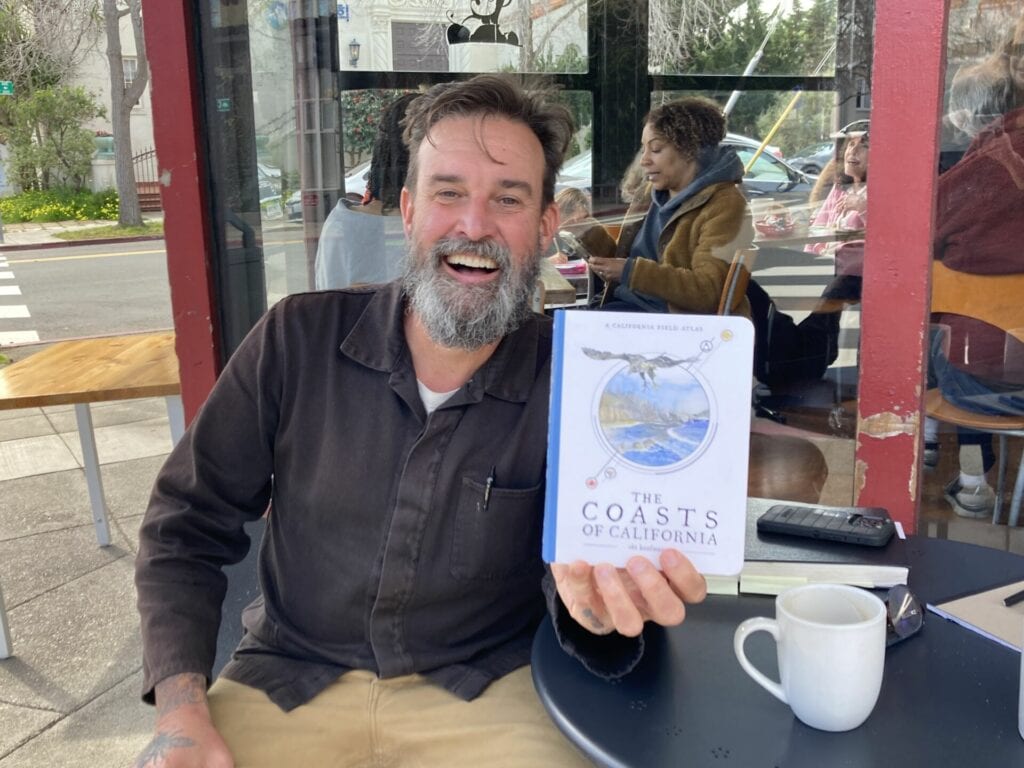
What is a “field atlas,” then, as Kaufmann defines it? It’s filled with art—watercolors of mountains and fish, birds and trees—but it’s also data-driven and thick with citations. It’s nature filtered through his impressionistic, big-picture sensibility.
It transcends the minutiae of species description to place our world in geological time that goes back hundreds of millions of years and is likely to go forward an equally long time, with or without humans.
“I want every page to drip with color and soul and offer a nugget of information you can be confident in,” he said.
Autographed copies of three of Kauffman’s most recent works—The Forests of California, The Deserts of California, and The Coasts of California, which together make up The California Lands Trilogy—are part of a Heyday Books nature book package that’s a prize in our upcoming Birdathon Auction.
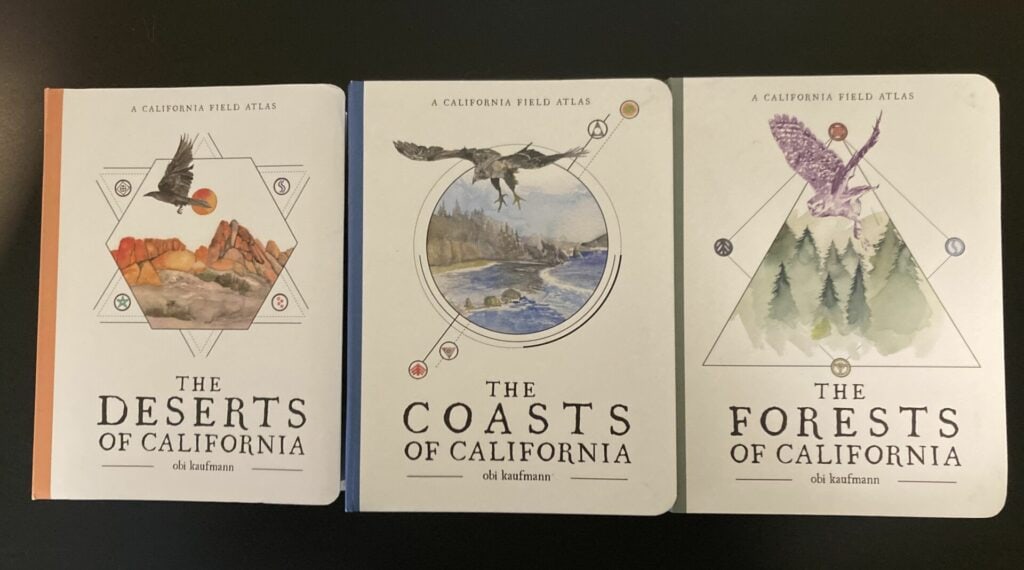
Kaufmann, a resident of Oakland, fell in love with the natural world as a child in Danville. His father was an astrophysicist and his mother a social scientist, but his most significant teacher might have been Mount Diablo, where he spent countless hours wandering and exploring.
A Tolkien fan, he compares Mount Diablo to the Lonely Mountain, an isolated and unmistakable mountain that held great treasure (as well as a dragon) and was central to the plot of The Hobbit.
“Mount Diablo was my Lonely Mountain,” he said. “Sticking out like a thumb into the Central Valley, it’s its own world. It was my world. There I could find all the diversity my father found in his exploration of the universe.”
Kaufmann assumed he was going to be a biologist or mathematician when he enrolled at U.C. Santa Barbara, but halfway through he switched his major to art. The aesthetic experience, he decided, was “as profound a truth conveyor as data.” And the way to change minds was through storytelling, not through argument.

The story he’s trying to tell in his field atlas books is a celebration of biodiversity on multiple levels—diversity of species, genetic diversity, and diversity of ecosystems.
“Conserving biodiversity—keeping the number of pieces on the board—should be our number-one priority,” he said. “Yet it’s the most difficult story to tell. Why does the [endangered] Delta smelt matter? Why does the [endangered] Southwestern Flycatcher matter?”
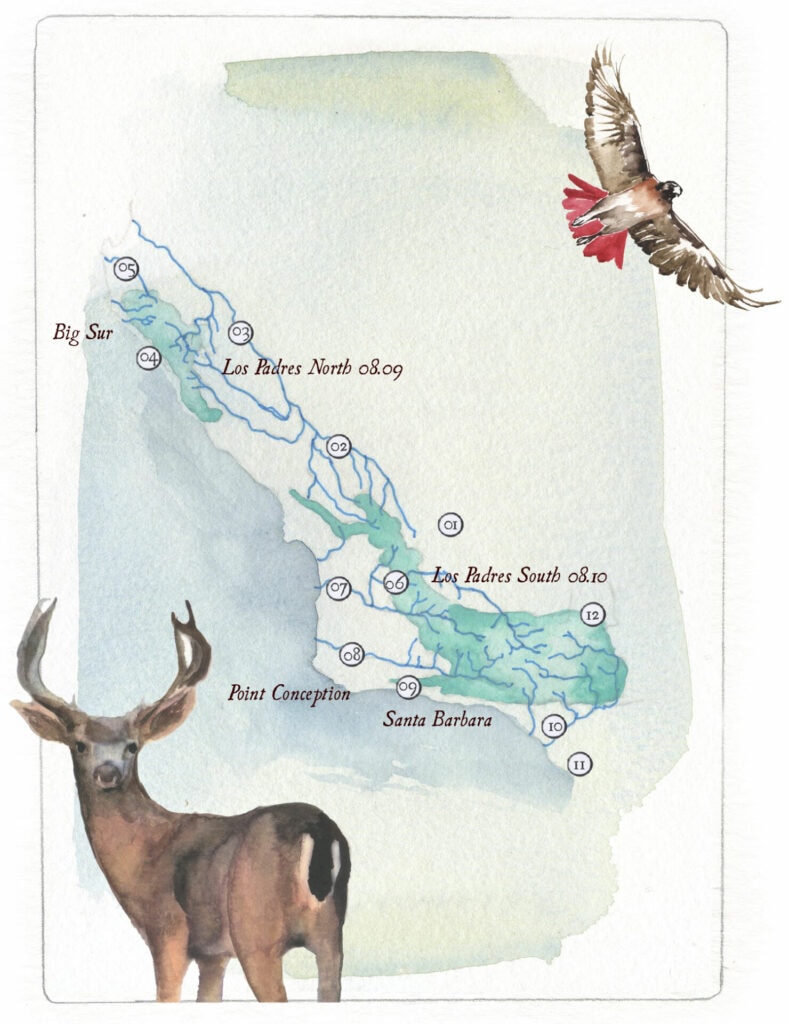
Kaufmann’s storytelling also aims to counteract the climate-related despair felt by many of us. He finds hope through a very long view, noting that life on Earth survived the Chicxulub asteroid that hit the planet 66 million years ago with as much power as 4.5 billion atomic bombs. He also finds hope in the combination of modern technology with traditional indigenous wisdom.
“Far from the doomsaying of white-knuckled environmentalists, I hope to present a picture of stewardship, including the human hand of stewardship over many centuries,” he said. “Pairing scientific innovation with indigenous ecological knowledge becomes the most powerful tool humanity has towards conserving biodiversity.”
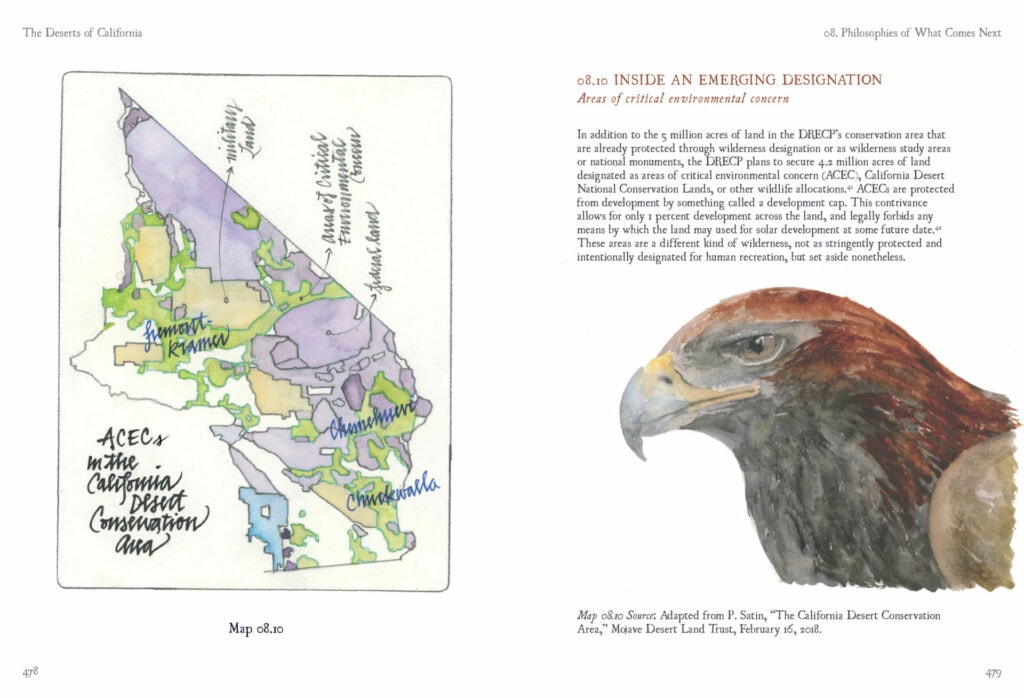
To create his watercolor illustrations, Kaufmann typically spends hours in the field. “I like sitting there, drinking my tea, getting to know the species,” he said.
That clearly works better for painting wildflowers than for mountain lions or birds, where he works from photos.
“I understand the psychology of birding, which is not unlike hunting,” he said. “The capture. The predator/prey relationship. There’s something very deep there.”
When asked about his favorite bird, he thought for a moment, then came up with the California Condor. More than specific species, though, Kaufmann has favorite places in space and time—such as Sierra Valley in the winter, when it’s a huge roosting site for birds of prey.
“Drive down the middle of Sierra Valley in February and you’ll see a different species of bird of prey on every telephone pole,” he said. “At night the parliament of owls gathers. You find enormous flocks of ibis there. You could be in a crowd of Violet-green Swallows.”
What’s next for Kaufmann, now that he’s completed his California Lands Trilogy? In fall 2024, Heyday Books will publish his book, The State of Fire: Why California Burns—a timely work that is a centerpiece of the Berkeley-based publisher’s 50th anniversary.
“It’s going to be shocking and tragic,” he said. “But there’s always a big ‘BUT’ when you’re talking about fire, especially its restorative effects on the land. For instance, snag forests [of burned trees] have more avian diversity than old-growth forests.”
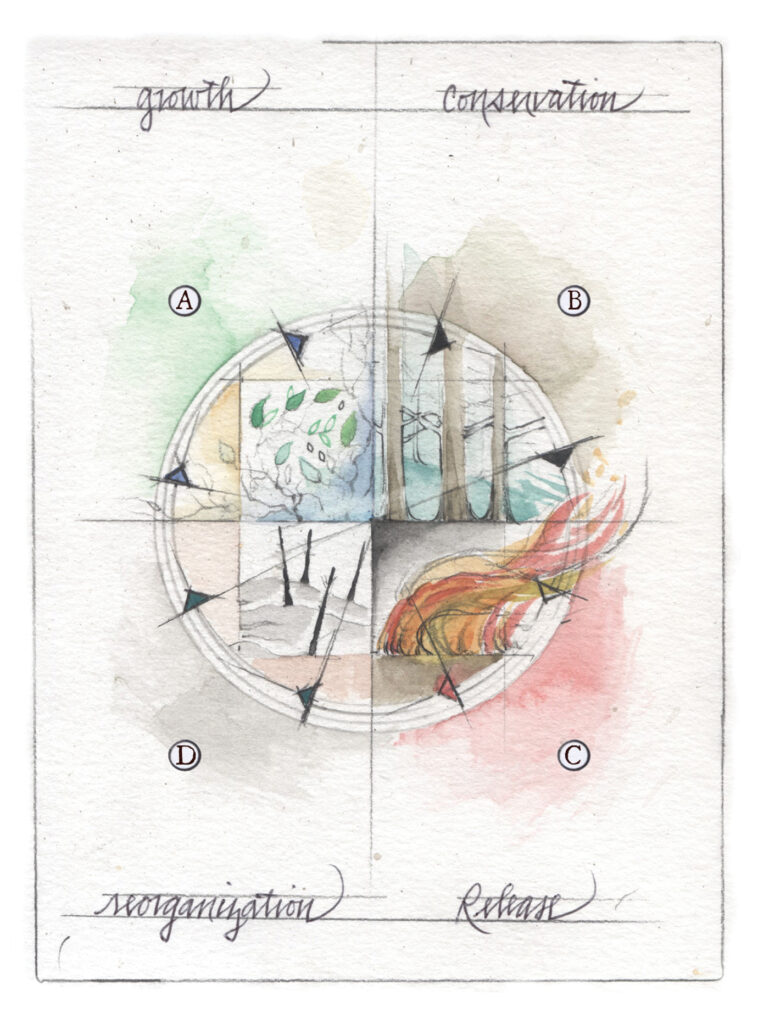
And after the launch of the fire book? He’s hoping to do a “walking book tour.”
“I had much less gray in my beard when I started all these books,” he said. “I’ve got to put my feet in the water and my head in the sun. I’m going to walk around the state for a year.”
For Kaufmann, spending time in California’s varied landscapes is more fantastic than anything he found reading Tolkien.
“California is more epic, more romantic, than Middle Earth could ever be,” he said. “It has more strange creatures and more perilous hope. And it’s real.”
Heyday Books has donated signed copies of Kaufmann’s California Lands Trilogy to the Birdathon Auction, along with a sampler of their many other books about California nature.
The other Heyday books in the California Natural History Book Bundle include: A Californian’s Guide to the Trees Among Us by Matt Ritter, Birds of Point Reyes by Keith Hansen, The Private Lives of Public Birds by Jack Gedney, The Bay Area Forager: Your Guide to Edible Wild Plans of the SF Bay Area by Mia Andes and Kevin Feinstein, and Nocturnalia: Nature in the Western Night by Charles Hood and Jose Gabriel Martinez-Fonseca.Bidding in the online auction opens on May 5 and closes on May 20, 2024. To see all forty auction items, click here.

